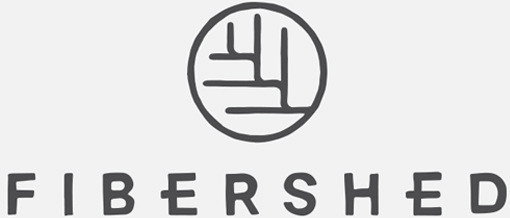Written by Valerie Yep & Photographed by Alycia Lang
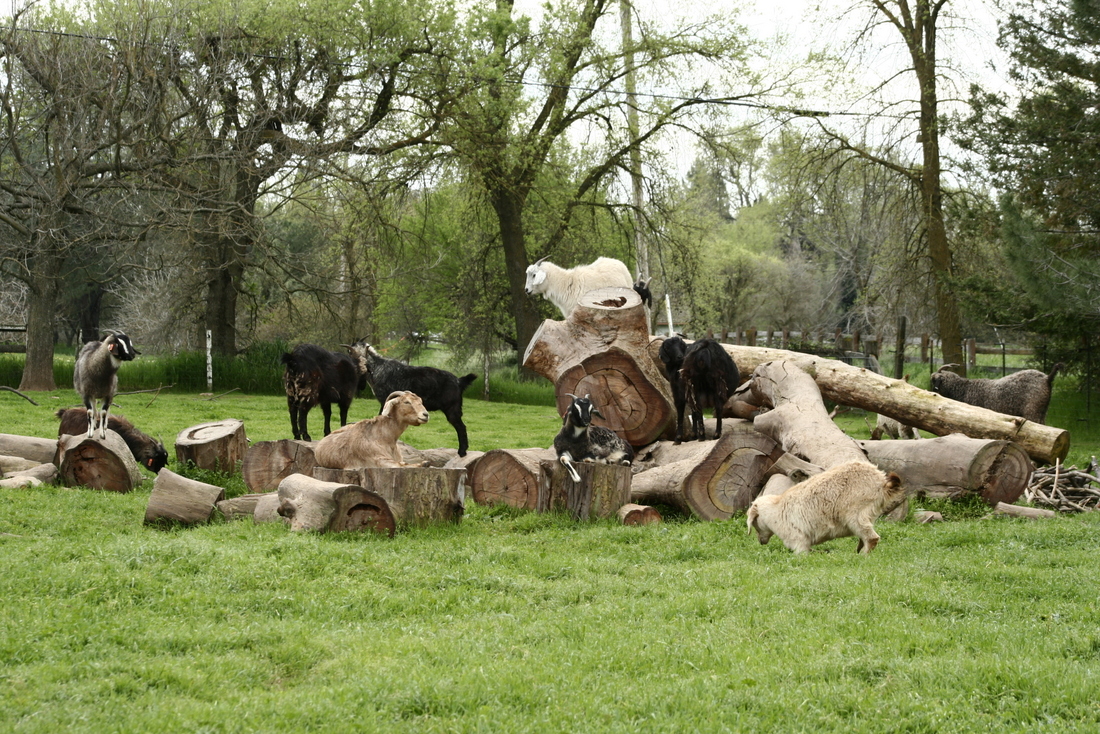
Cashmere is known by many to be a luxuriously soft and willowy fiber. It keeps us warm in the winter, yet weighs hardly a thing. It comes in many natural colors, and also takes dyes beautifully. What kind of work goes into the making of this sumptuous fiber? Barbara Fiorica, owner of Caprette Cashmere, gives a tour of her ranch to tell us all about it.
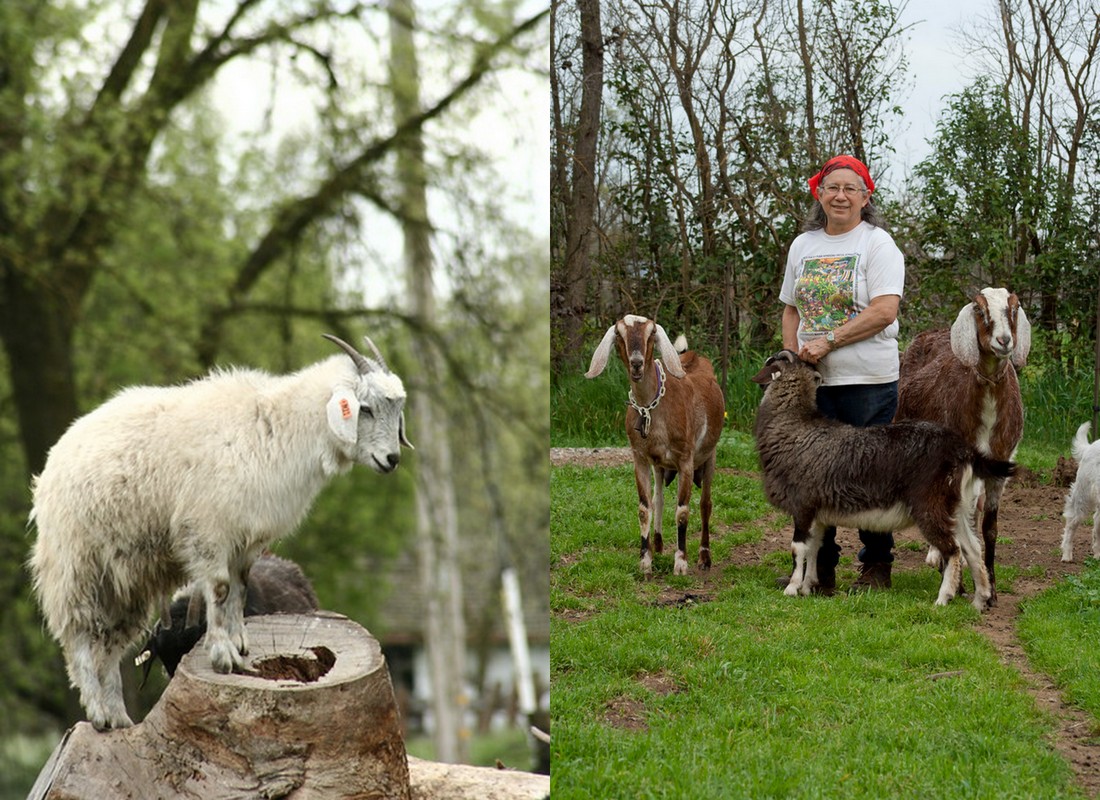
Barbara grew up in the Los Angeles area and moved to Wilton when she was 16 years old; she has an easy-going personality, and warm, friendly eyes. As a child, she had always loved animals and even had ambitions to become a veterinarian. It was only because she was self-reportedly “bad at math” that she decided to enroll at Consumnes River College in one of the first programs offered to become a Veterinary Technician instead. Barbara proudly tells me that she took the second licensing test available for Vet Techs in the state. Currently, Barbara owns and operates Caprette Cashmere from her 2 acre home in Wilton, CA with her husband, Ron. Together they own about 45 fiber goats: a mix of cashmere and Angora goats.
As we stroll through the barn and to the back pasture, the goats eagerly run up to us while she greets each and every one of them by name. ‘Hi Topaz! This one’s Molly, she’s a sweetheart.” Not only does she know who each goat is, she can also recount to you their lineage and all of their siblings. It is extremely clear to me that all of these goats are happy, healthy, and well-loved.
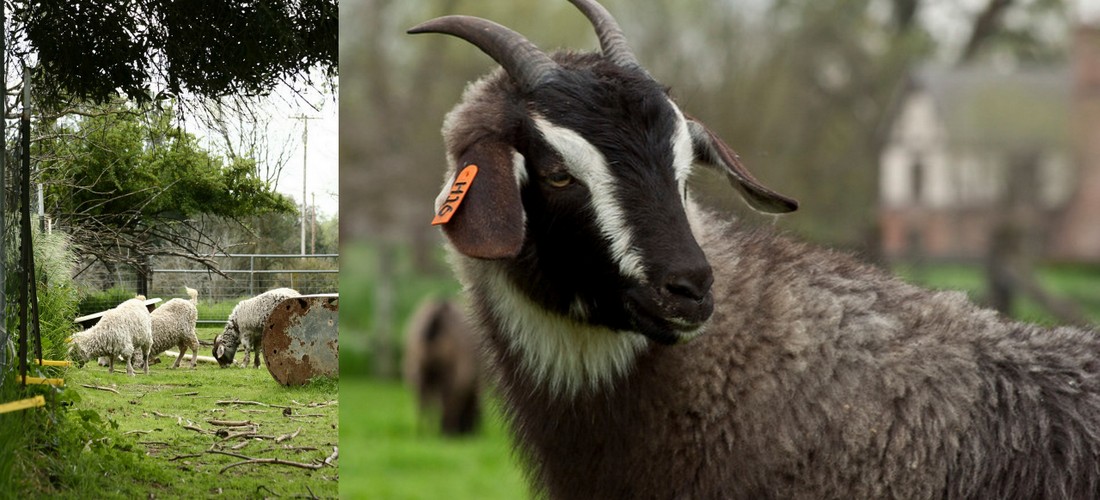
Barbara explains that most goats grow two types of fibers: guard hairs, which are thick, long, and straight; and down fiber, which is soft, crimpy, and very fine. However, Angora goats only produce one type of fiber, called mohair, usually found in soft ringlets similar to human hair, and do not produce the soft undercoat. Traditionally, cashmere came from the Kashmiri region of India, although the goats originated in Mongolia. Currently, there is no official breed registry for cashmere goats and any goat with a downy undercoat can enter the ranks of “cashmere goat.” The only stipulations to entering fiber competitions are that down fibers are at least 1.25 inches in length and up to 19 microns in diameter.
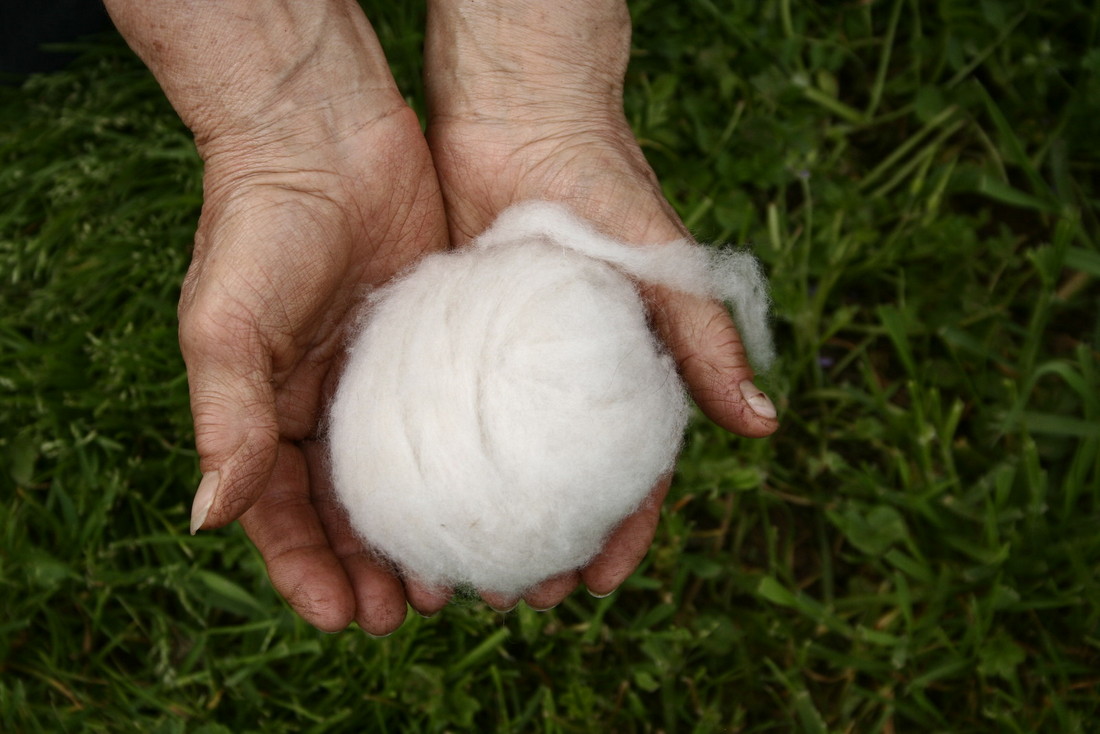
As we survey the lush, green goat enclosure and watch while the older goats sunbathe and the new babies bounce from rock-to-mom-to-grass-back to-mom in endless amounts of energy, Barbara shares how she learned to spin in the late 80’s from a colorful woman who owned a yarn shop in the nearby town of Elk Grove, CA. It was just at the time when she didn’t want to keep raising her son’s dairy goats anymore when a friend gave her a call and offered a chance at “getting into” cashmere goats. Barbara about “jumped through the phone at the offer.” At the time, the United States was offering a grant program to see if raising cashmere goats was a viable industry for US farmers. Barbara happily accepted 5 embryos from Tasmania and artificially inseminated 5 of her goats. It turned out that viability was one issue that still needed to be sorted out, as only one embryo implanted. It also turned out that the fiber was not of the highest quality, but by then, Barbara was hooked. She has been raising cashmere goats since 1988.
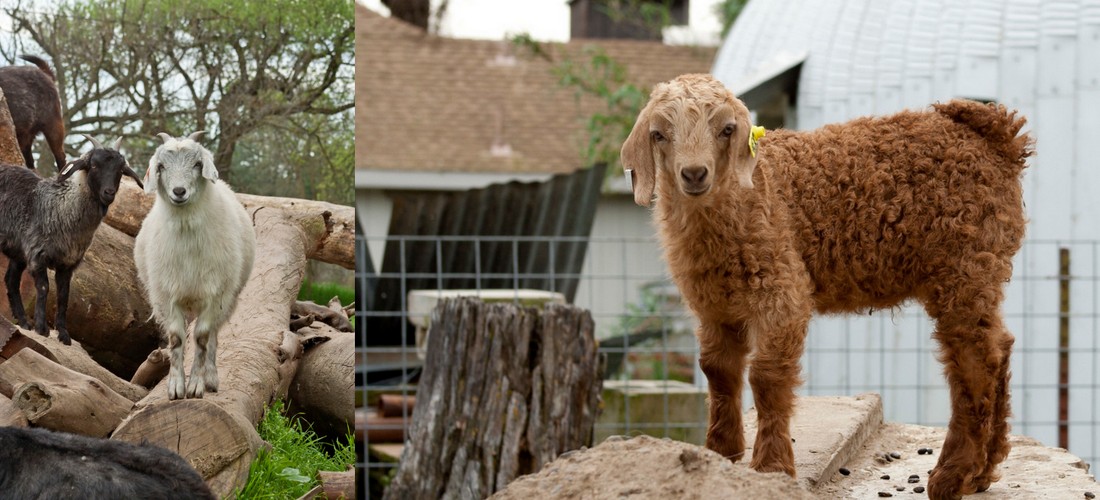
Raising goats for cashmere is hard work. Each animal produces only 4-6 ounces of fiber per year. Unlike most sheep breeds that can be sheared once or twice a year for 5-8 lbs of wool, a cashmere goat must be combed in order to avoid mixing the guard hairs with the soft undercoat. As each goat starts to naturally shed its undercoat, Barbara combs each one 2-3 times per season in order to collect all of the fiber. In large commercial operations, it isn’t uncommon for the goats to be sheared and the fiber sent off to a de-hairing machine where all of the guard hairs are removed from the downy undercoat, but this process is cost prohibitive to smaller operations.
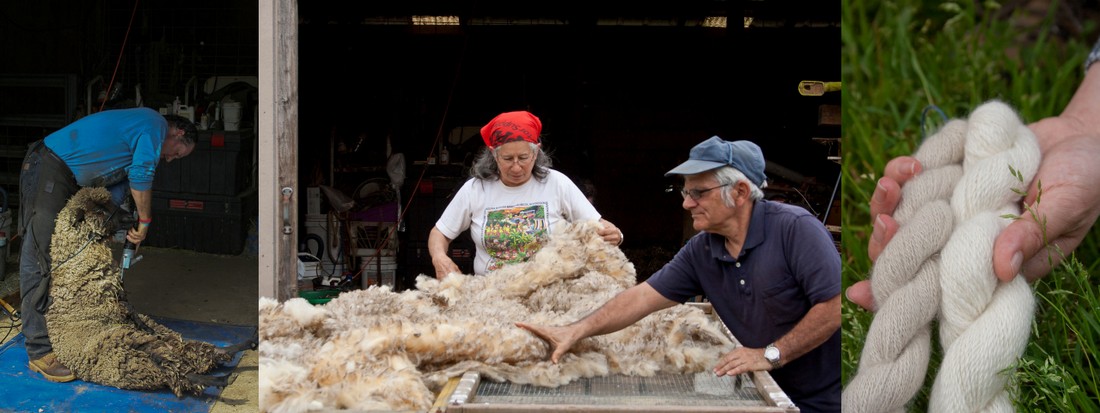
Barbara is especially proud of her cashmere breeding program. She has been breeding not only for fineness of the fibers, but for colored fiber, which is uncommon within the cashmere world. As Barbara excitedly describes her breeding program, you can hear the satisfaction in her voice: “It’s working. In one generation I’ve already improved my fleeces.” And her breeding program is indeed working; several of her goats have won Champion awards at the Oregon Flock and Fiber Festival.
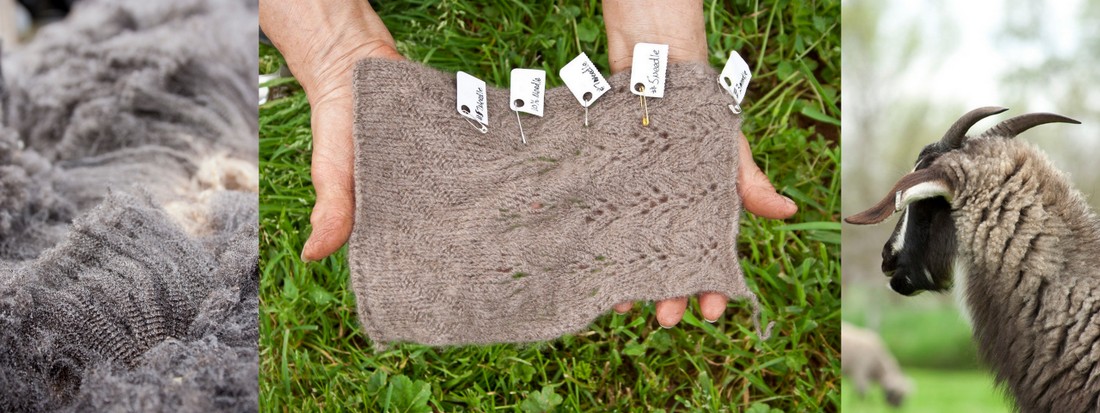
In addition to goats, Barbara also has a small flock of sheep which she raises for meat and hand spinning. Our tour coincided with shearing day. It was amazing to watch the agility and skill of the shearer and sheep working together as one. As the hour passed and the goats were getting a little too friendly, Barbara was called away to help the shearer and tend to the sheep again. Running a ranch and owning your own business sometimes means there is hardly ever a spare moment, something always needs attention and there is always work to be done. I’m extremely grateful that Barbara was able to spend an hour and allow me to get a small glimpse into her world.
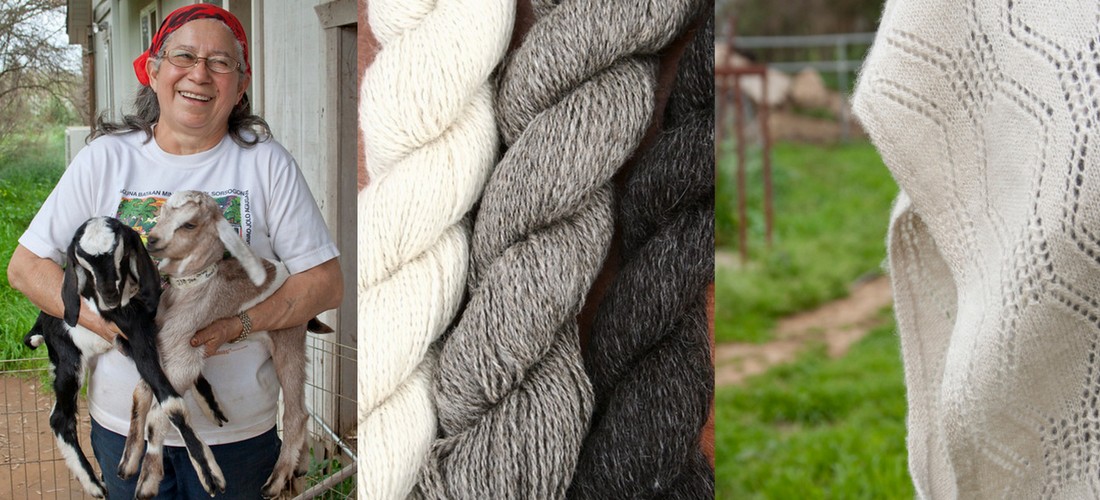
Find Caprette Cashmere products at the Fibershed Farmer’s Market Booth in Oakland, CA and Point Reyes, CA, and online at www.caprettecashmere.com.
